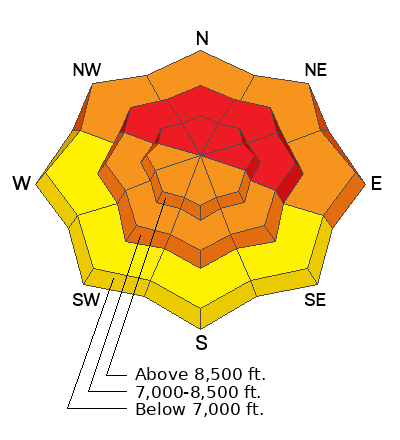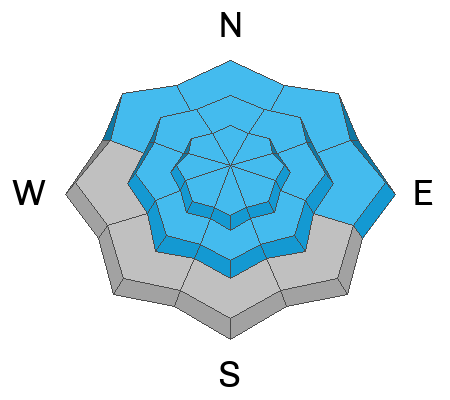Forecast for the Ogden Area Mountains

Issued by Mark Staples on
Monday morning, December 12, 2022
Monday morning, December 12, 2022
Strong south winds followed by a heavy snowfall have overloaded northerly facing and east-facing slopes at mid and upper elevations where avalanches are likely today, and the avalanche danger is HIGH. Low elevations at these same aspects have a CONSIDERABLE danger.
Mid and upper elevations facing southerly and west also have a CONSIDERABLE danger.
Mid and upper elevations facing southerly and west also have a CONSIDERABLE danger.
The danger is MODERATE at low elevation, southerly facing and west-facing slopes where there are no buried weak layers in the snowpack.
Travel advice is really simple today - stay off of any slope steeper than 30 degrees. Also, don't be under slopes steeper than 30 degrees. Even small slopes at low elevations can produce an avalanche if they are steeper than 30 degrees.

Low
Moderate
Considerable
High
Extreme
Learn how to read the forecast here








